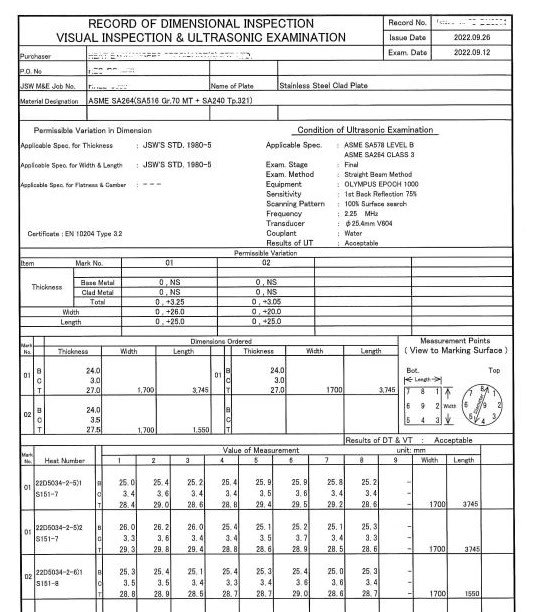mechengineer
Mechanical
Hi experts,
What is the thickness reduction to be consider in design for explosion bounding clad plate and the base plate?
Thanks for your input.
What is the thickness reduction to be consider in design for explosion bounding clad plate and the base plate?
Thanks for your input.

